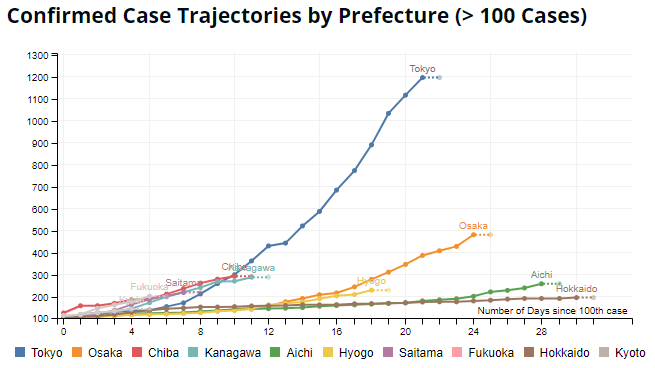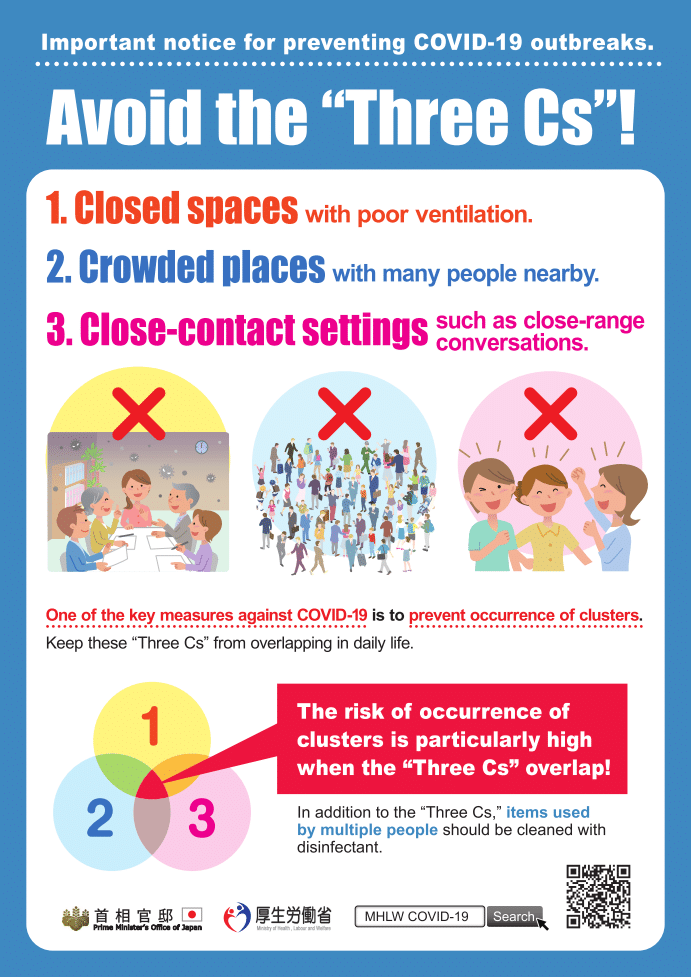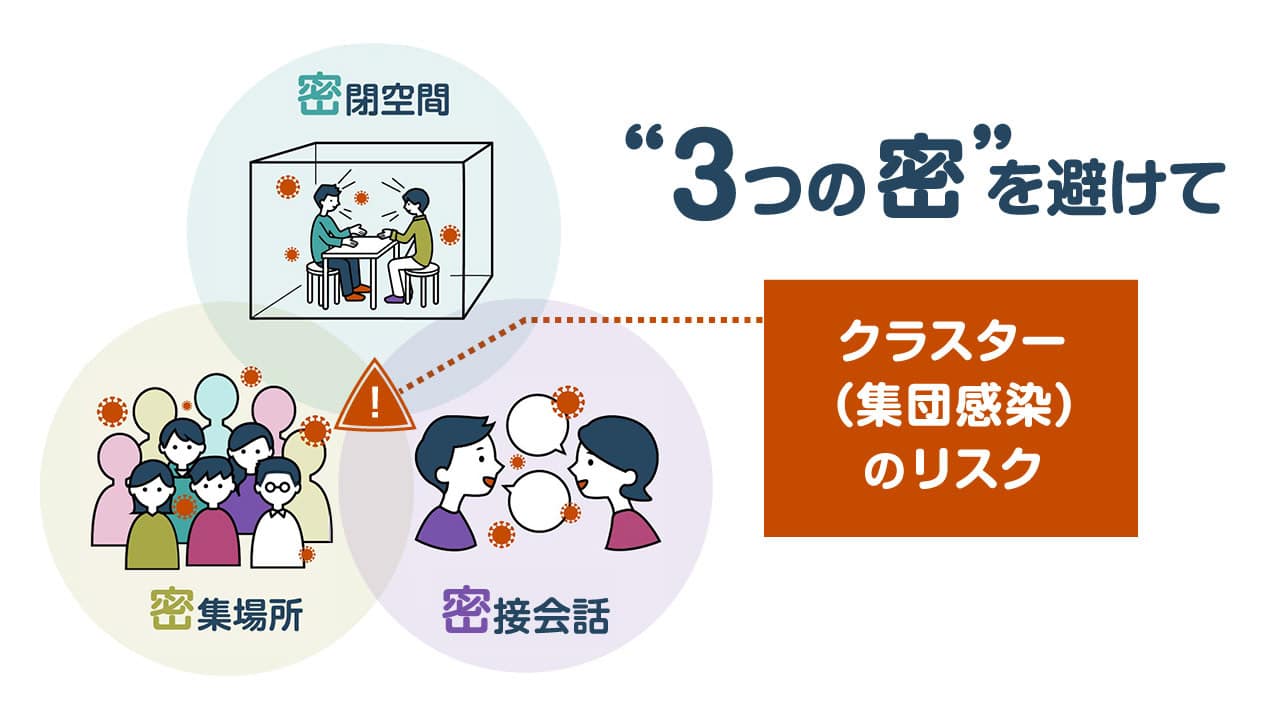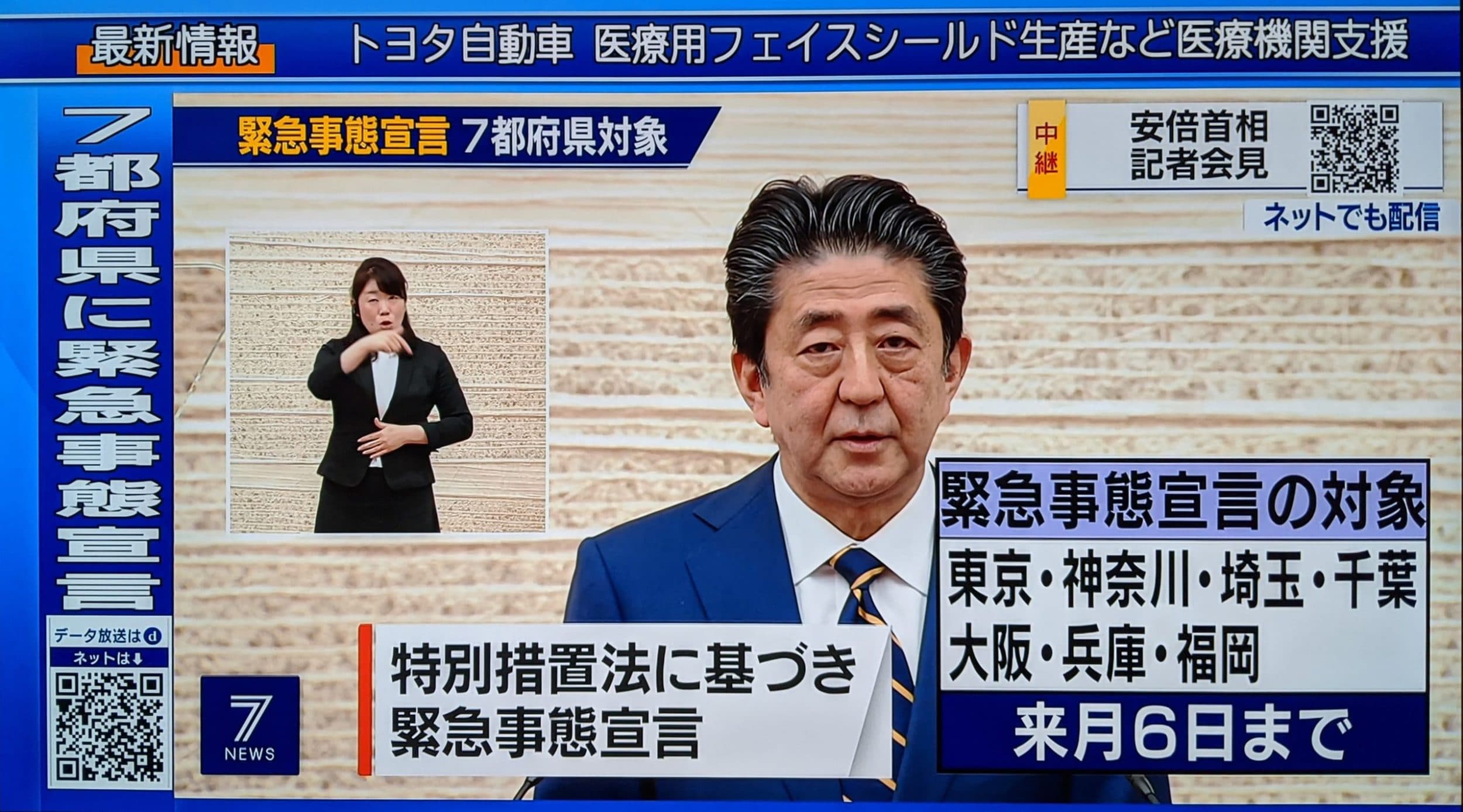After a long wait, PM Abe finally declared an emergency in 7 prefectures – Tokyo, Chiba, Kanagawa, Saitama, Osaka, Hyogo and Fukuoka. The emergency takes effect from midnight today and will remain in effect till at least May 6th (end of the Golden Week in Japan). When asked why it took so long to make the declaration, PM Abe explained that they had to consider a lot of factors because such a declaration does infringe on some of the rights and liberties of the people. He further explained that the emergency declaration could happen only after thorough planning and preparation in order to minimize the impact on the people as well as the country’s economy. With the rapidly increasing number of infections in major cities like Tokyo, it was determined that this was the right time to declare the emergency.

As several agencies have already explained, Japanese laws do not permit the Govt to enforce the kind of “lockdown” that is being seen in various countries like Italy, France, India, etc.. In Japan, the Govt gets powers specifically aimed towards maintaining critical services and ensuring that they are able to deal with this health crisis as best as possible. For example, they can take over private facilities like hotels so that they can be used for providing medical support if the hospitals no longer have the required capacity. They can also compel companies to deliver essential goods and services if these are not easily available. Beyond that, the restrictive powers are rather limited. The Govt can “urge” people to stay home and not go out unless necessary. They can “urge” specific business to close to prevent the formation of “clusters” that may escalate the spread of the virus. Essentially, they make a “request” and expect the people to behave in a responsible manner, to not just protect themselves but also those around them. But they cannot impose a penalty in cases where their “request” is not heeded. There is some talk that the Govt may resort to social “shaming” in order to put pressure on businesses that refuse to close. But that’s as far as they can go. Effectiveness of the declaration of emergency would mainly rely on how the people and businesses respond and behave in the next one month. As of today, Tokyo has recorded 1,195 cases. Experts estimate that if the current rate of infections continues, Tokyo could hit 80,000 cases by the end of this one month period and in the worst-case scenario, the healthcare system may get overwhelmed. So it is extremely important that this declaration of emergency is taken very very seriously.
Governor of Tokyo, Koike san, also emphasized on the fact that the situation is very serious and even though Tokyo will not see a “lockdown”, people are expected to cooperate and behave in a responsible manner. She went on to say that now that the emergency has been declared, she will consult with experts and announce more specific instructions on Thursday, April 9th, for residents of Tokyo to follow. These instructions will come into effect from Friday, April 10th, 2020. Both the Prime Minister and the Governor reiterated that it is very important to avoid an overlap of the 3 Cs – Closed spaces, Crowded places and Close-contact settings (image below) as such an overlap increases the risk of “infection clusters” getting created.


The next few days will show how seriously the people take this emergency declaration. I can only hope that they are seeing what’s happening in many other countries and will do whatever they can to ensure that this out of control pandemic does not overwhelm the country. Tokyo now has the highest number of cases of the coronavirus in Japan and if it is not tackled with conviction right now, it will be too late…

